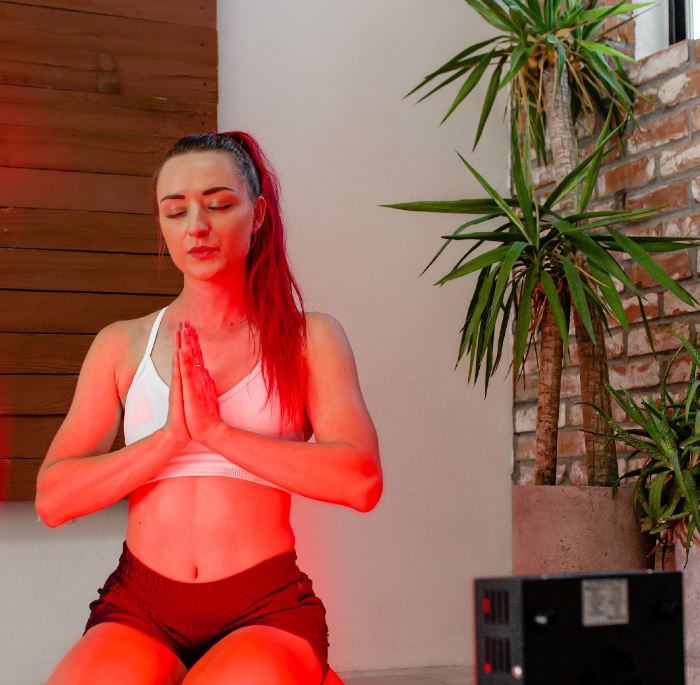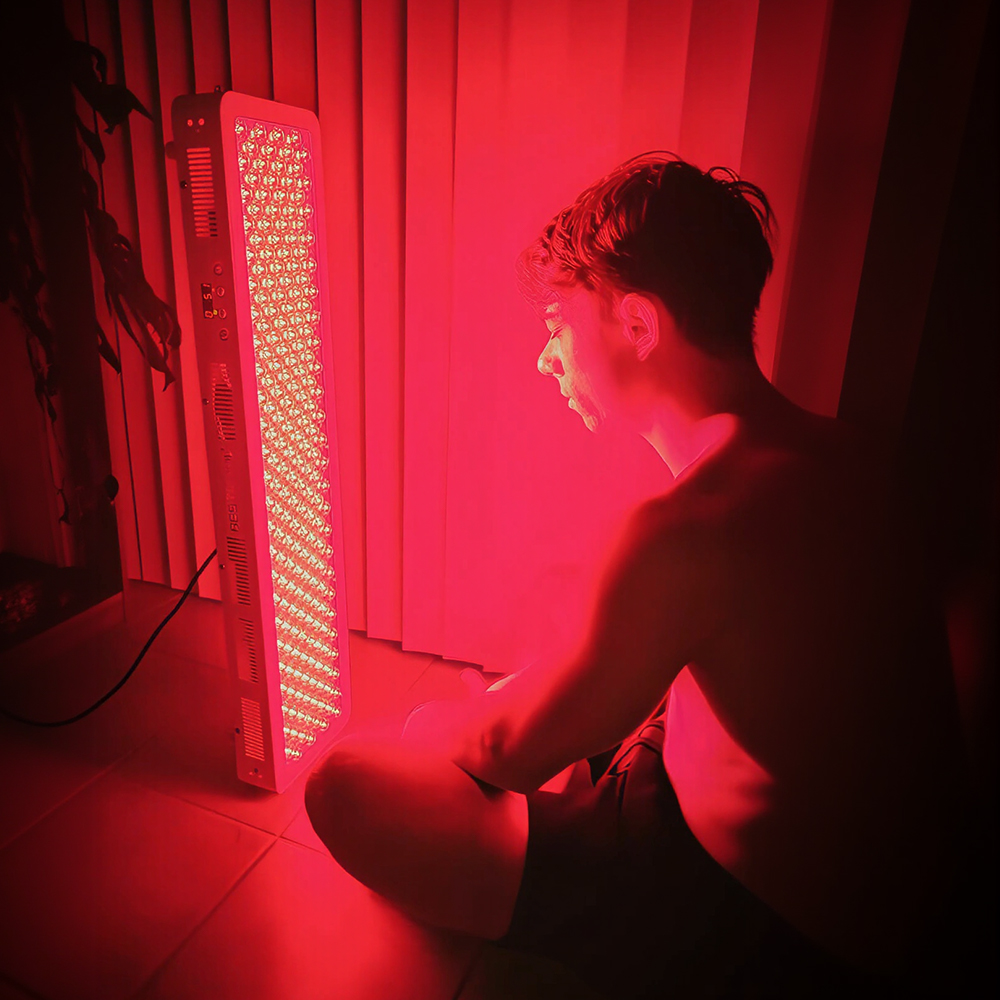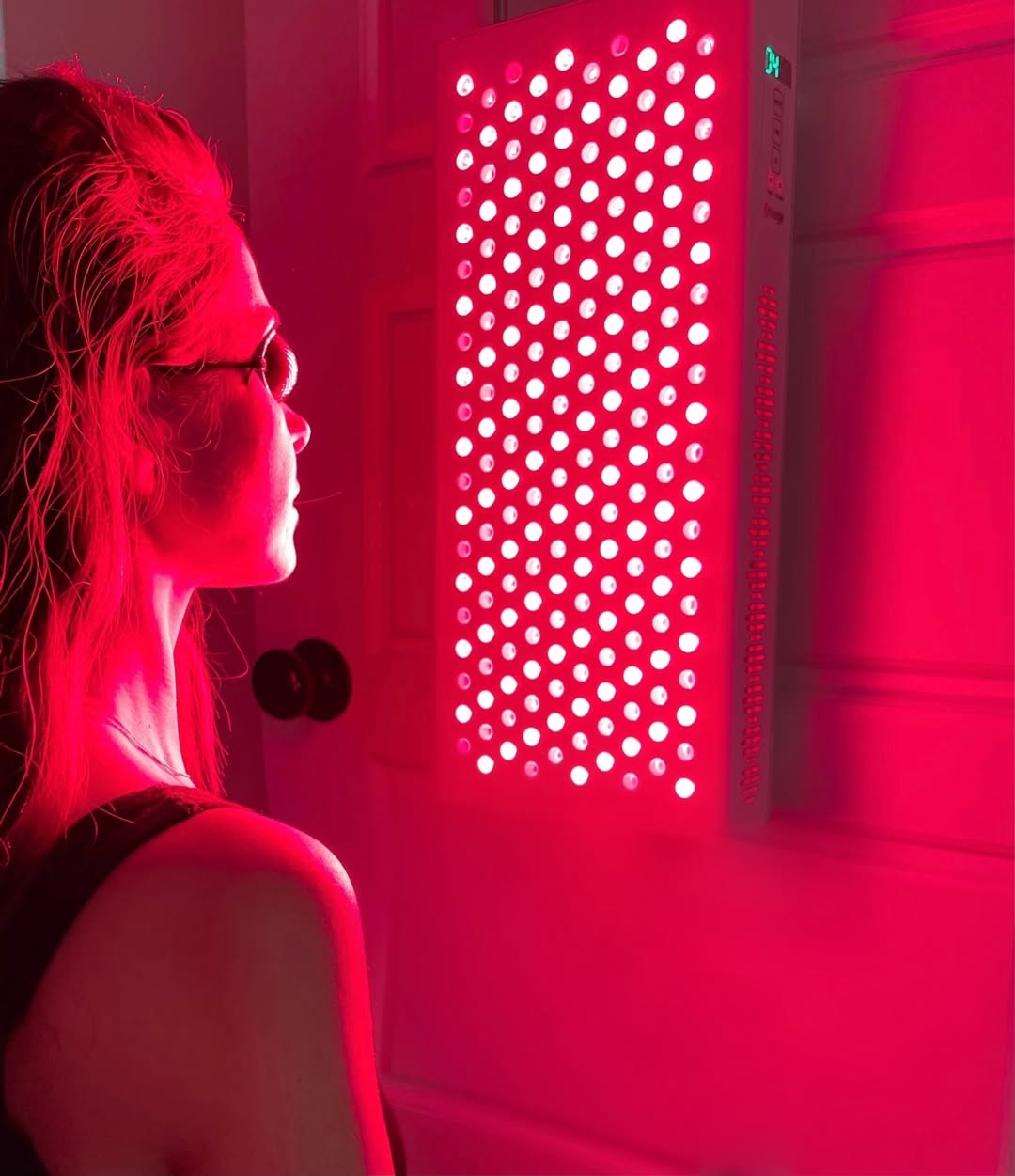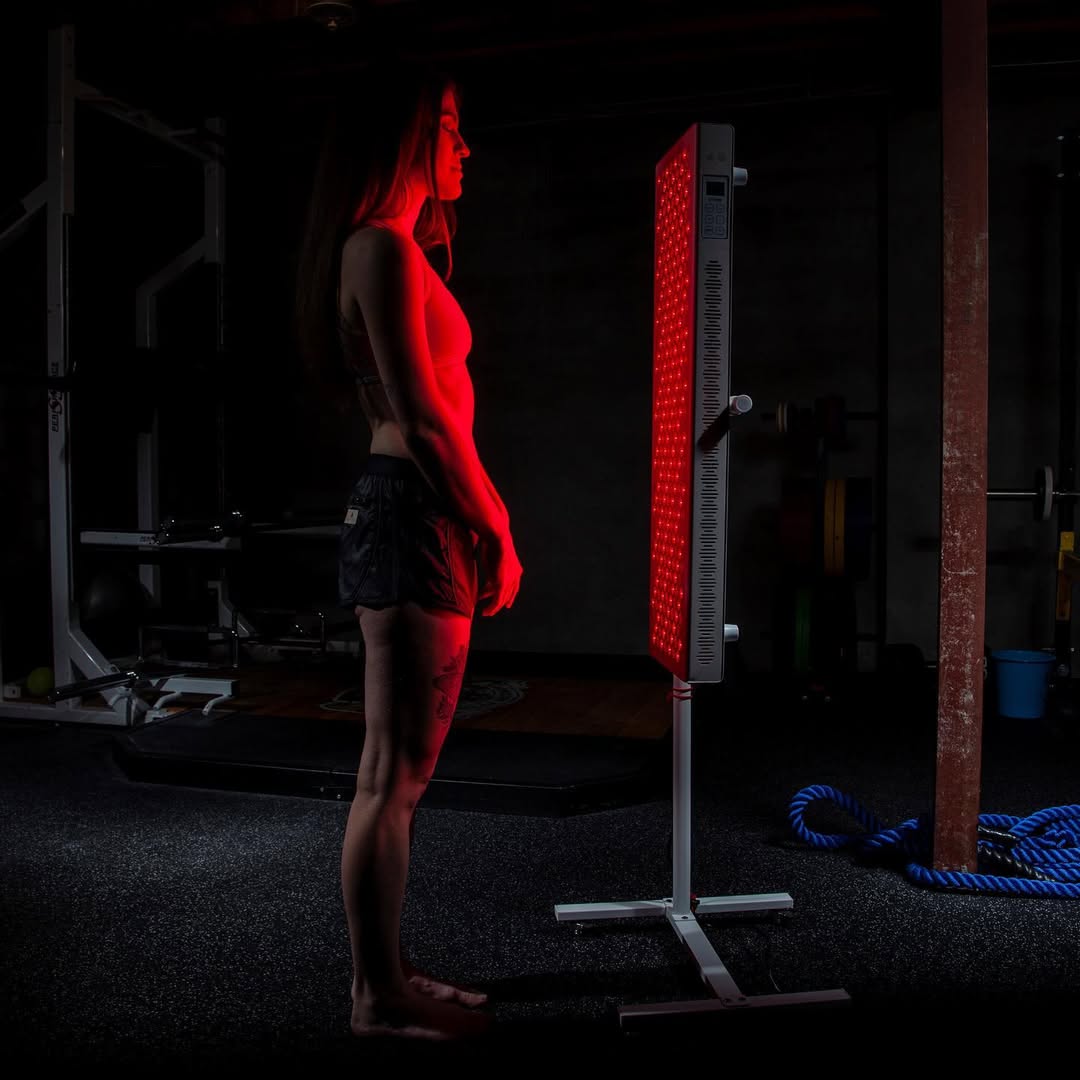![]() Free Shipping
Free Shipping ![]() Buy Now, Pay Later
Buy Now, Pay Later ![]() Eligible
Eligible
Shining Light on Your Mouth: The Arrival of Light Therapy for Aphthous Ulcers

The Painful Problem: What Are Aphthous Ulcers?
We’ve all been there—that sudden, sharp sting when sipping hot coffee or biting into citrus fruit, only to discover a small but agonizing sore inside your mouth. These painful nuisances are called aphthous ulcers (more commonly known as canker sores), and for some, they’re a recurring nightmare.
Aphthous ulcers are shallow, round or oval lesions that form on the soft tissues of the mouth—inner cheeks, lips, gums, or even the tongue. While they’re not contagious, their throbbing presence can make eating, drinking, and even talking a misery.
Traditional treatments include topical numbing gels, antiseptic mouthwashes, and anti-inflammatory medications, but relief is often slow. Now, a cutting-edge solution is emerging—light therapy.
The Science Behind Light Therapy for Mouth Sores
Light therapy, or photobiomodulation, has been used for years in dermatology, wound healing, and even mood disorders. Now, researchers are turning its healing beams toward oral health.
How Does It Work?
Light therapy uses low-level lasers or LED lights to stimulate cellular repair. When applied to an aphthous ulcer, the light:
- Reduces inflammation by calming overactive immune responses.
- Accelerates tissue regeneration, helping the ulcer heal faster.
- Eases pain by blocking nerve signals that transmit discomfort.
Unlike steroid creams or chemical rinses, light therapy is non-invasive, drug-free, and has minimal side effects.
What Does the Research Say?
Several studies have shown promising results:
- A 2017 study in the Journal of Clinical and Experimental Dentistry found that low-level laser therapy (LLLT) significantly reduced pain and healing time compared to placebo treatments.
- Another 2020 review in Lasers in Medical Science confirmed that photobiomodulation could be an effective alternative for recurrent mouth ulcers.
While more research is needed, early findings suggest that light therapy could become a game-changer for chronic sufferers.
VELLGUS Elite V2
THE #1 RATED RED LIGHT DEVICE
VELLGUS pro V2
THE #1 RATED FULL BODY RED LIGHT DEVICE
At-Home vs. Professional Light Therapy
As interest grows, two main options are emerging:
- In-Clinic Treatments
- Dentists and oral specialists use medical-grade lasers for precise, controlled therapy.
- Typically requires 1-3 short sessions for noticeable relief.
- At-Home Devices
- Portable LED mouthpieces or handheld devices are entering the market.
- Less powerful than professional lasers but offer convenience for frequent users.
Which is better? For severe or persistent ulcers, professional treatment may be more effective. However, at-home devices provide a quick, accessible option for mild cases.
The Future of Oral Care: Brighter (Literally)?
Could light therapy become as common as toothpaste for oral health? Experts believe it has potential, especially for those with recurrent aphthous stomatitis (RAS), a condition causing frequent, painful ulcers.
As technology advances, we may see:
- Smart toothbrushes with built-in light therapy.
- Over-the-counter light patches for instant ulcer relief.
- Combination therapies pairing light with antimicrobial agents for faster healing.
Final Thoughts: Should You Try It?
If you’re tired of waiting days—or even weeks—for a canker sore to disappear, light therapy might be worth exploring. While it’s not yet a mainstream treatment, early adopters report less pain and faster healing.
Have you ever tried light therapy for mouth ulcers? Share your experience in the comments—your story could help others find relief!








